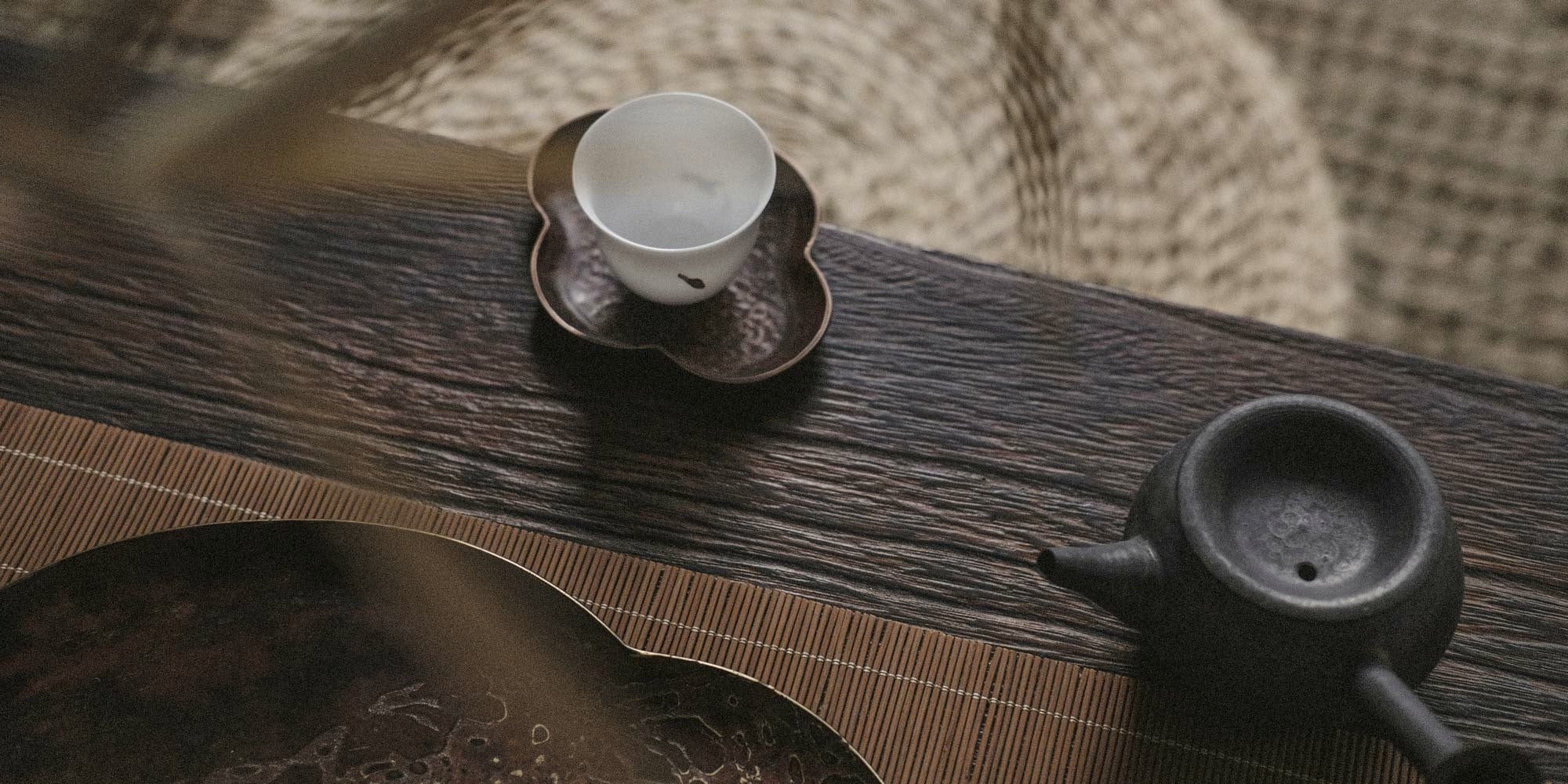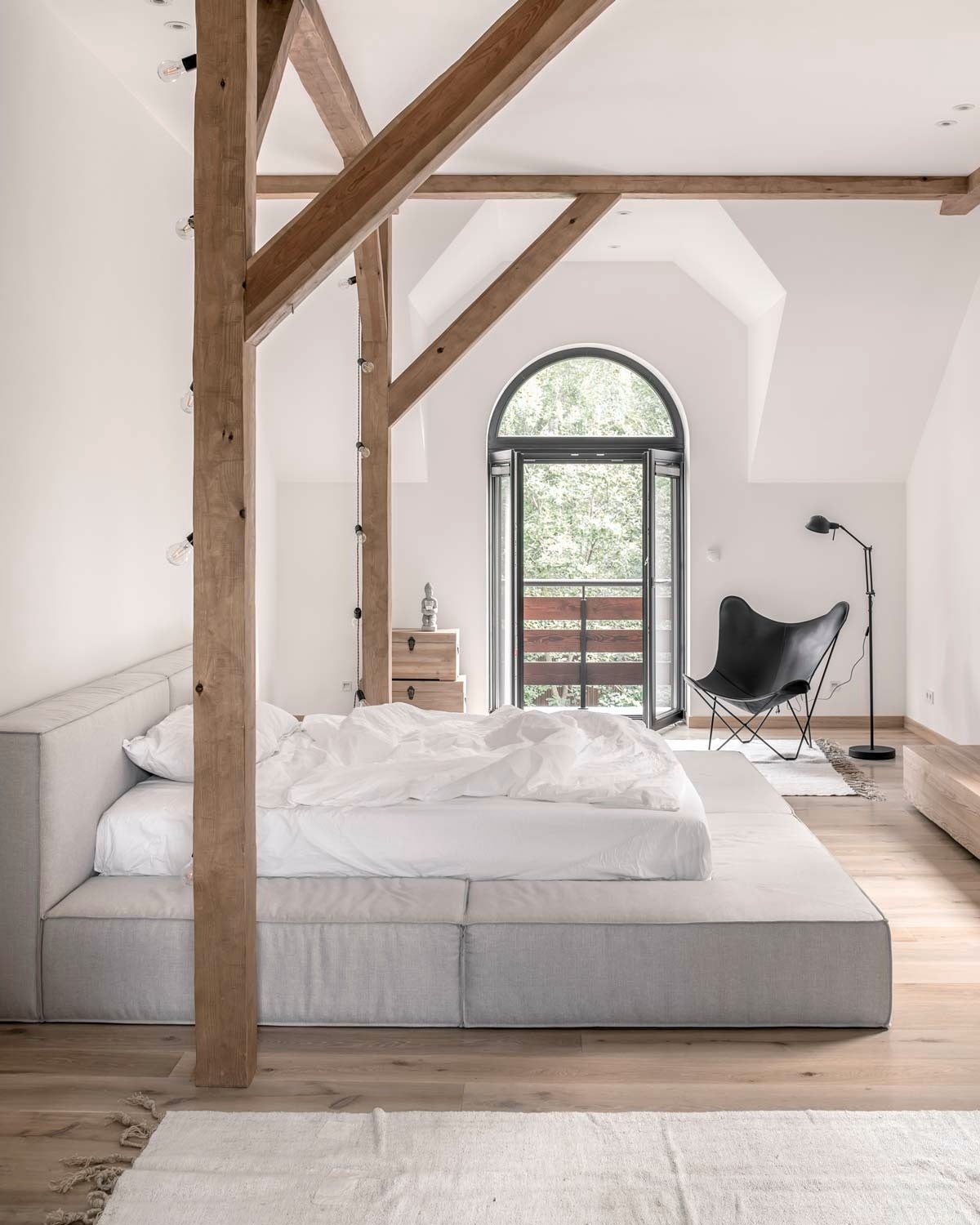
- date
20 July 2021
- tag
Trends
Pictures section

Traces of that early Japanese quest for inspiration can be seen to this day in the furniture design, architecture and minimalism of contemporary Denmark. And that appreciation is mutual: Danish design has been very popular in Japan for decades.
Both countries also have great respect for artisans, craftsmanship and natural materials, especially wood. But there’s more... both the Japanese 'wabi-sabi' philosophy and the Danish 'hygge' are rooted in a deep appreciation of simplicity.
Japandi is also described by trend watchers as 'warm minimalism'. Sleek lines from Scandinavian interiors are seamlessly combined with the organic and natural shapes typical of Japanese interiors. The use of soft, light tones and natural materials such as wood and wool creates a sleek yet warm and welcoming atmosphere.
Pictures section


Both Japanese and Danish design highly value the natural warmth of wood. For the key pieces of furniture in a house, choose wood, preferably untreated or featuring an 'untreated look'. Wooden wall panels also work well. Then add some striking houseplants, possibly in terracotta pots, to create a few natural touches.
If you opt for the Japandi style, you can choose between a 'Japanese' or a 'Danish' focal point. If you prefer a more Scandinavian look, go for white or neutral tones with rich accents. If, on the other hand, you are more into Japanese influences, opt for large surfaces in rich colours, on the walls or in other elements. In any case, always go for natural shades such as blue, green, dark purple and brown. Black is also considered a proper colour in the Japandi style.
Pictures section

